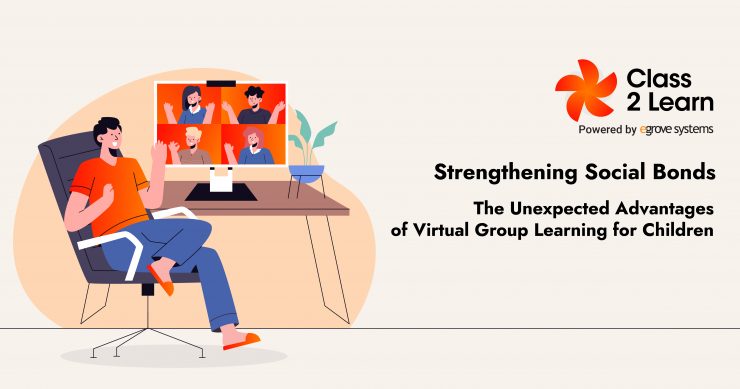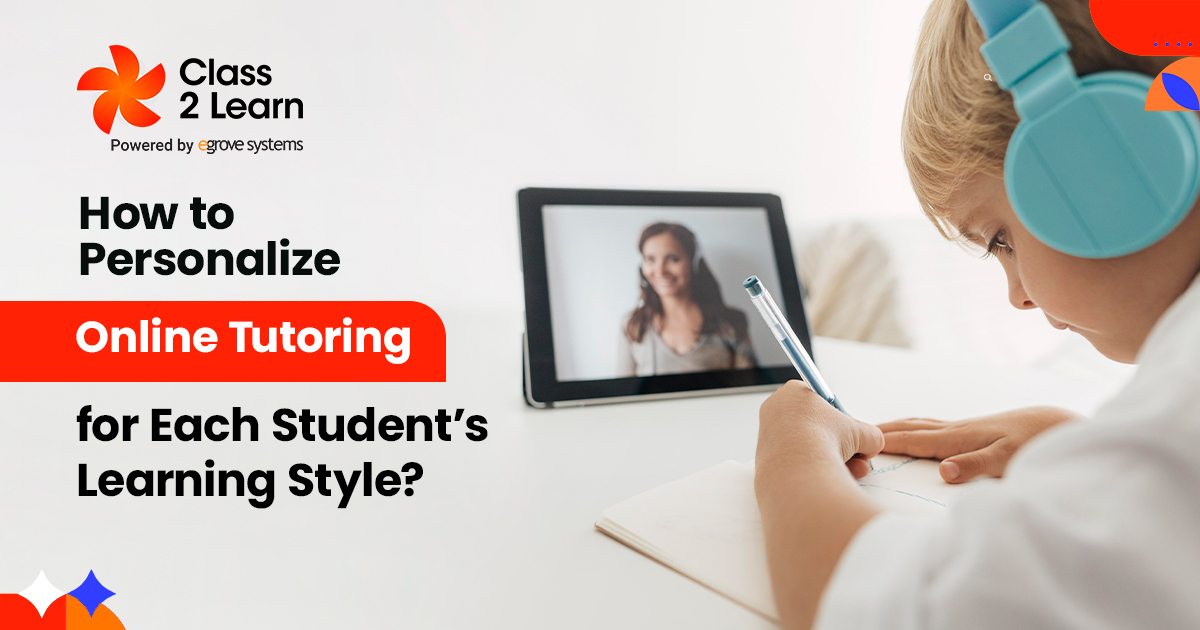Strengthening Social Bonds: The Unexpected Advantages of Virtual Group Learning for Children
The education landscape has undergone a profound transformation, with virtual learning becoming the new norm for students of all ages. While the transition to online classrooms has presented various challenges, it has also revealed some unexpected benefits, particularly when it comes to fostering social connections and strengthening interpersonal bonds among children.
Contrary to the common perception that virtual learning isolates students and hinders their social development, research suggests that well-designed online group learning experiences can enhance the quality of social interactions and cultivate stronger social ties. By leveraging the unique features of virtual platforms, educators and parents can create engaging and collaborative learning environments that bring children together in meaningful ways.
In this blog post, we’ll explore the surprising advantages of virtual group learning for children and how these experiences can contribute to young learners’ holistic development.
Fostering meaningful connections
One of the primary concerns about virtual learning is the potential for decreased social interaction and feelings of isolation among students. However, when implemented thoughtfully, online group learning can facilitate more meaningful and genuine connections between children.
The virtual setting allows for more frequent and deliberate opportunities for collaboration, discussion, and shared experiences. Children can engage in interactive activities, breakout sessions, and virtual social events that foster a sense of community and belonging. These experiences can be particularly beneficial for shy or introverted students, who may feel more comfortable participating in a digital environment.
Moreover, the use of video conferencing and chat features enables children to see each other’s faces, read nonverbal cues, and engage in real-time dialogue. This level of visual and auditory interaction can help bridge the physical distance and create a more immersive social experience.
Strengthening Emotional Intelligence
Navigating social interactions and developing emotional intelligence are crucial components of a child’s holistic development. Virtual group learning can offer unique advantages in this regard, as it encourages children to practice essential interpersonal skills in a structured and supportive environment.
Through online discussions, collaborative projects, and virtual social activities, children learn to listen actively, express their thoughts and feelings, and empathize with their peers. They develop the ability to navigate group dynamics, resolve conflicts, and offer emotional support to one another—all while in the relative safety of a virtual setting.
Additionally, the use of virtual breakout rooms and small-group interactions can provide opportunities for children to engage in more intimate, vulnerable conversations. This can lead to the formation of deeper connections and the cultivation of emotional intelligence, both of which are critical for the development of healthy social relationships.
Promoting Inclusive Participation
One of the major advantages of virtual group learning is its ability to create a more inclusive and equitable learning environment for children. In traditional classroom settings, factors such as shyness, language barriers, or physical disabilities can sometimes limit a child’s ability to participate fully. The virtual format, however, can help break down these barriers and enable all students to engage more actively.
Through features like chat functions, virtual hand-raising, and the ability to share screens or documents, children who may have struggled to contribute in a physical classroom can find their voices and actively participate in group discussions. This can lead to increased confidence, a sense of belonging, and a deeper level of engagement with the learning material.
Moreover, virtual learning can provide opportunities for children with special needs or disabilities to access educational resources and engage with their peers in a more accommodating environment. Adaptive technologies, customizable interfaces, and personalized support can empower these students to thrive in the virtual classroom.
Encouraging Creativity and Collaboration
The virtual learning environment also presents unique opportunities for children to explore their creativity and collaborate in innovative ways. Online group projects, virtual field trips, and interactive learning activities can inspire students to think creatively, explore novel ideas, and collaborate to tackle complex problems.
The use of digital tools, such as collaborative whiteboards, virtual art studios, and coding platforms, can spark children’s imaginations and foster a sense of shared exploration. As they navigate these virtual spaces, children develop essential skills in communication, problem-solving, and critical thinking—all while cultivating a stronger sense of camaraderie and community.
Furthermore, the ability to share and showcase their work in a virtual setting can boost children’s confidence and pride in their accomplishments. This, in turn, can lead to increased self-esteem and a deeper investment in their learning journey.
Developing Global Perspectives
In an increasingly interconnected world, virtual group learning can expose children to a variety of perspectives and cultures, broadening their understanding of the world beyond their immediate surroundings.
Through online collaborative projects, video conferences with peers in other regions, and virtual cultural exchanges, children can learn about different customs, traditions, and lived experiences. This exposure can challenge their assumptions, foster empathy, and cultivate a global mindset, all while strengthening their social bonds with peers from diverse backgrounds.
Additionally, the virtual format significantly reduces geographical barriers, allowing for more flexibility in facilitating these cross-cultural connections. Children can engage with peers, experts, and mentors from around the world, expanding their social networks and enriching their learning experience.
Conclusion
As we navigate the evolving landscape of education, it is essential to recognize the unexpected advantages of virtual group learning for children. By leveraging the unique features of online platforms, educators and parents can create engaging, collaborative, and inclusive learning environments that not only support academic growth but also nurture the social and emotional development of young learners.
From fostering meaningful connections and strengthening emotional intelligence to promoting inclusive participation and encouraging creativity, virtual group learning can play a vital role in shaping well-rounded, socially adept, and globally aware individuals. By embracing the potential of this innovative approach, we can empower children to thrive in the digital age while strengthening the social bonds that are so fundamental to their overall well-being and success.





Add comment